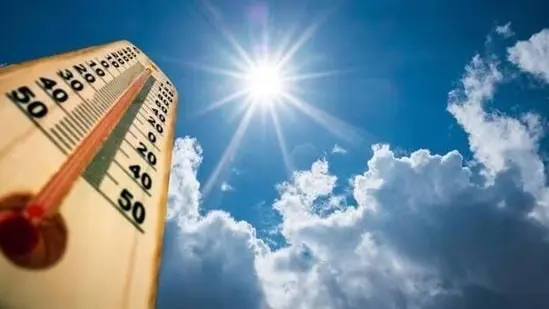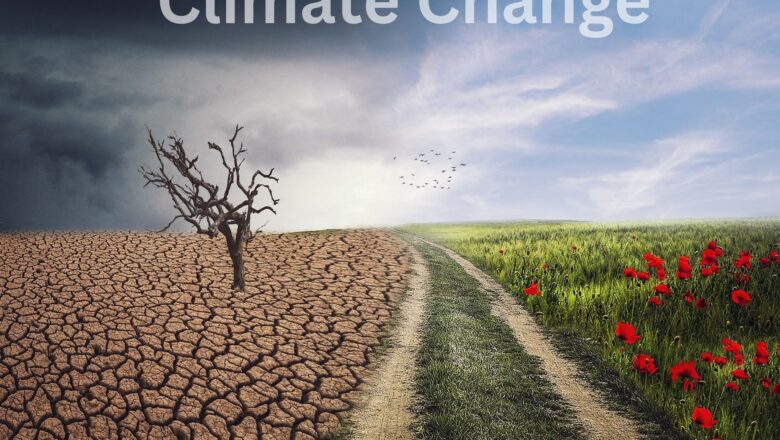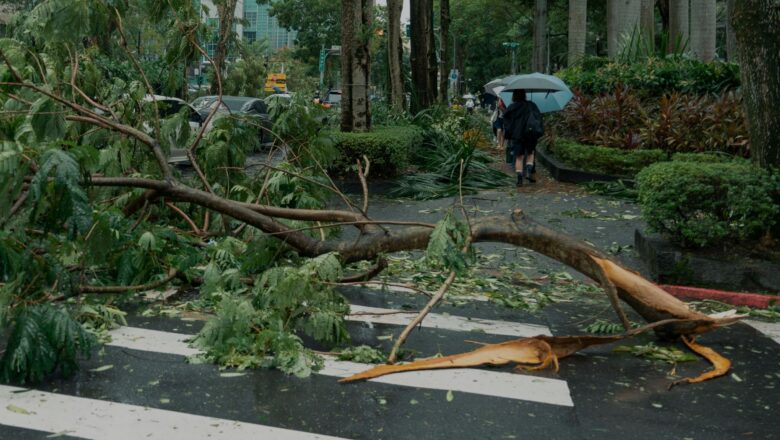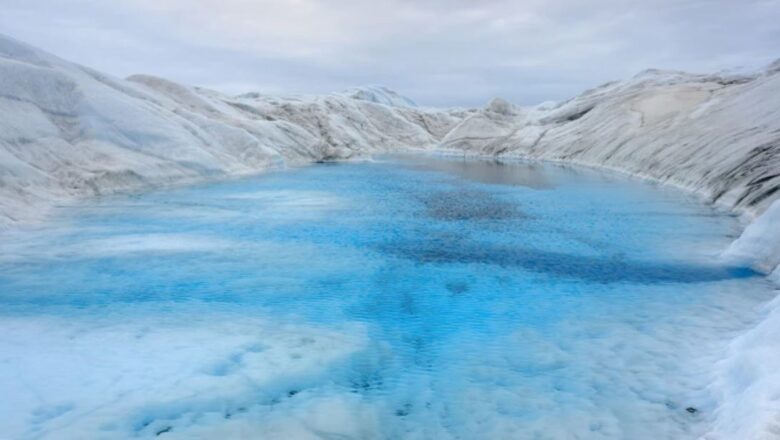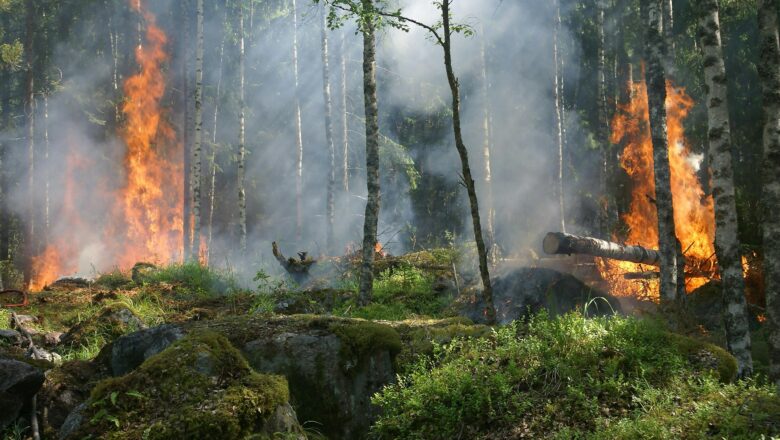
L.A. 27,000 Acres Burn Wildfires Unprecedented Devastation Grips City
Los Angeles is reeling from some of the most destructive wildfires in its history. As flames rage on, five lives have been lost, 27,000 acres have burned, and 130,000 residents are under evacuation orders. The magnitude of the disaster is revealing vulnerabilities in the city’s infrastructure and policies, while experts point to climate change as a driving force behind the escalating crisis.
Jeffrey Schlegelmilch, director of the National Center for Disaster Preparedness, explains the factors fueling these devastating fires. Prolonged drought, low humidity, and the powerful Santa Ana winds have created the perfect conditions for the inferno. “When winds hit speeds of 100 miles per hour, even a small spark can quickly spiral out of control,” Schlegelmilch said. The geography of L.A.’s hi...

